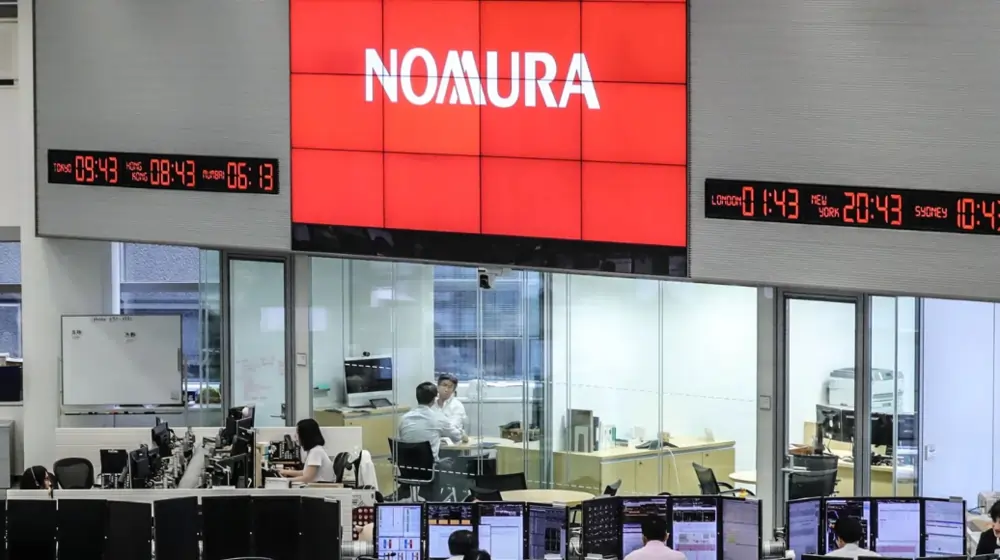European financial markets are known for their volatility, requiring traders to employ robust strategies for effective risk management. Navigating these markets demands an understanding of fluctuating conditions and the ability to adapt strategies swiftly. Integrating disciplined practices, such as maintaining a trading journal, is crucial for achieving consistency and precision.
The dynamic nature of European financial markets presents numerous challenges that require traders to remain vigilant and adaptable. The markets’ inherent volatility can lead to significant opportunities but also substantial risks. A successful trader must develop strategies that not only capitalize on potential gains but also protect against unpredictable downturns. This often involves employing time-tested risk management techniques and staying informed about market trends. One effective method to maintain discipline and consistency is through the use of a trading journal, which helps track performance and refine strategies over time.
Risk management techniques in trading
Risk management is a cornerstone of successful trading, particularly in the ever-changing landscape of European markets. Implementing proven strategies can help mitigate potential losses while maximizing gains. Position sizing is one such technique, allowing you to control the amount of capital allocated to each trade based on your risk tolerance and market conditions. By doing so, you can ensure that no single trade has the potential to significantly impact your overall portfolio.
Another vital strategy is setting stop-loss orders, which automatically close positions when they reach a predetermined level of loss. This helps prevent emotional decision-making during volatile market movements, ensuring that your trades align with your risk management plan. Additionally, diversifying your portfolio across various asset classes and sectors can reduce exposure to specific market risks, providing a buffer against unexpected events.
Maintaining a disciplined approach to risk management is essential for sustainable trading success. By adhering to these strategies, you can navigate uncertainties with greater confidence and build resilience in your trading activities. Consistent application of these techniques fosters a more systematic approach, reducing the likelihood of impulsive decisions driven by market fluctuations.
The role of a trading journal
A trading journal serves as an invaluable tool for tracking trades and analyzing performance over time. By documenting each trade’s details—such as entry and exit points, position size, and underlying rationale—you create a comprehensive record that aids in evaluating your strategy’s effectiveness. This process allows you to identify patterns in your trading behavior, highlighting areas for improvement.
Consistently updating your trading journal fosters accountability and encourages you to stick to your predetermined plans. It becomes easier to review past trades objectively, assessing what worked well and where adjustments are necessary. Over time, this reflection enhances your decision-making skills, enabling you to refine your strategies for better outcomes.
The practice of journaling also promotes psychological discipline by encouraging you to remain objective in the face of emotional market reactions. By maintaining a clear record of past decisions, you reduce the impact of cognitive biases that can cloud judgment during high-pressure situations. This structured approach ensures that each trade aligns with your broader objectives.
Learning from trading examples
Many traders have experienced significant benefits from integrating trading journals into their routines. Regular journaling helps identify recurring errors in trade execution, allowing for targeted improvements that lead to enhanced profitability over time. Journals facilitate the recognition of patterns within specific market conditions, resulting in more informed entry and exit points.
The impact of consistent journaling extends beyond individual trades—it contributes to overall strategic development. By continuously refining strategies based on historical data analysis, traders can adapt more effectively to changing market conditions. This iterative process builds resilience by ensuring that strategies evolve alongside the shifting European financial landscape.
The discipline instilled through regular journaling also aids in managing emotions during turbulent times. By focusing on data-driven insights rather than gut feelings or external noise, traders cultivate a calm approach that supports rational decision-making under pressure.
Building resilience through precision
The importance of resilience and precision in European trading cannot be overstated. As markets continue to fluctuate unpredictably, traders must equip themselves with robust strategies that withstand volatility while capitalizing on opportunities. Incorporating a systematic approach through tools like trading journals plays a pivotal role in achieving this balance.
By consistently reviewing past trades and refining strategies based on empirical evidence, traders enhance their ability to adapt swiftly to new challenges. This proactive mindset fosters long-term growth by ensuring strategies remain relevant amidst evolving market dynamics. Embracing such practices ultimately leads to improved performance and strategic development.
Incorporating trading journals into daily routines empowers traders with valuable insights into their performance trends over time—a crucial step towards building sustainable success within the complex world of European finance.




























